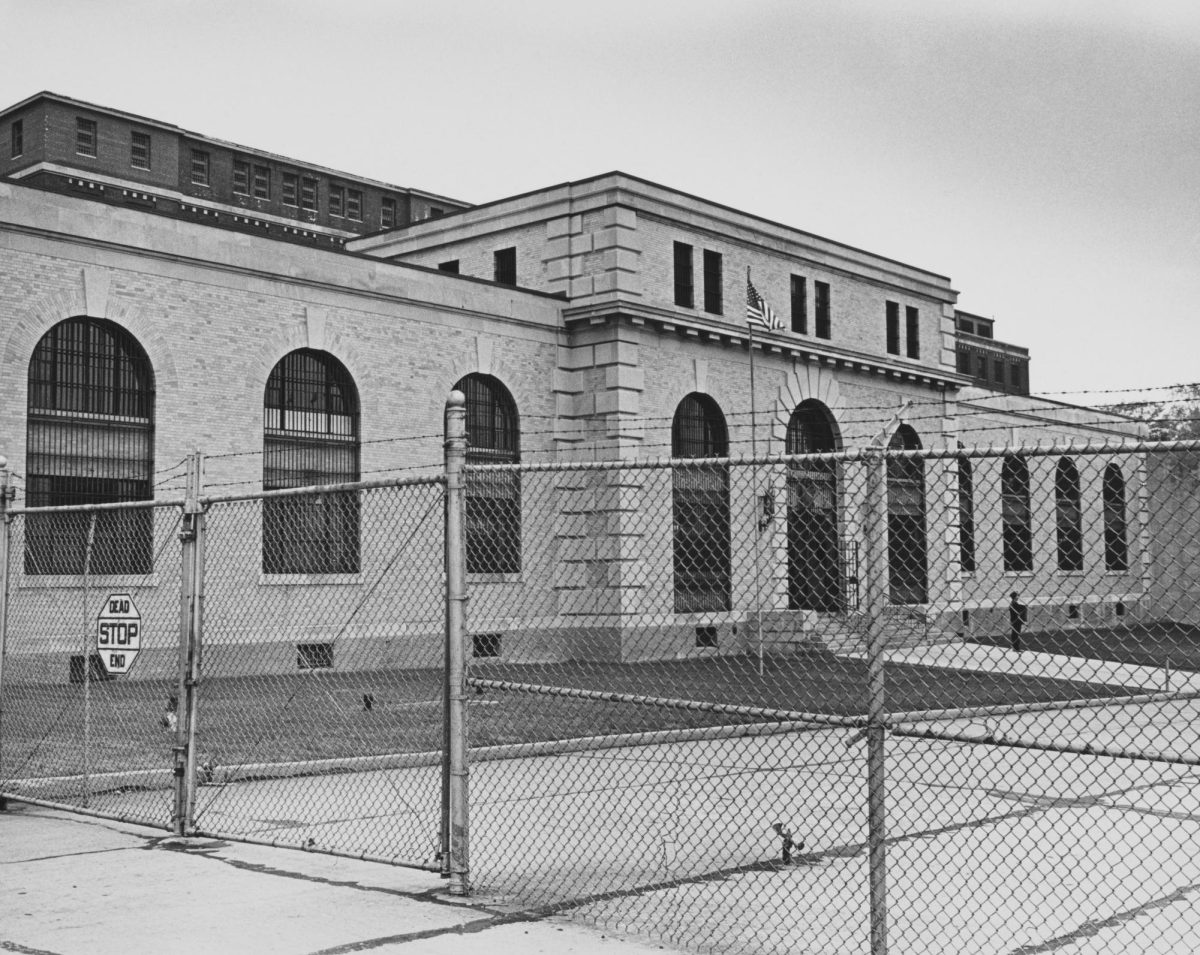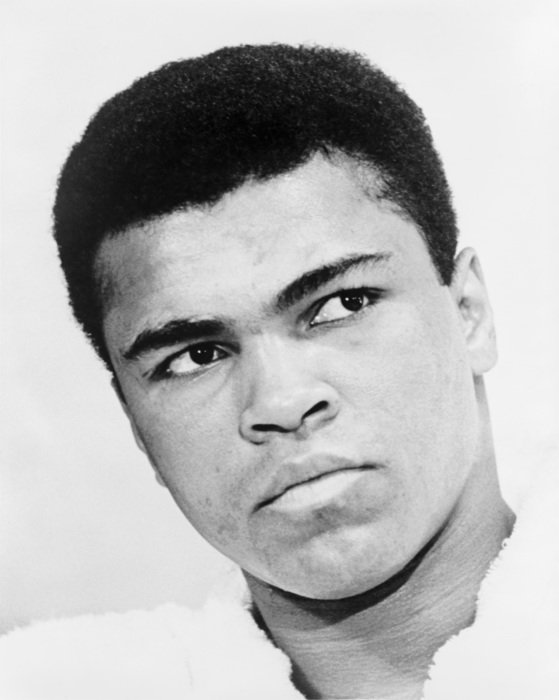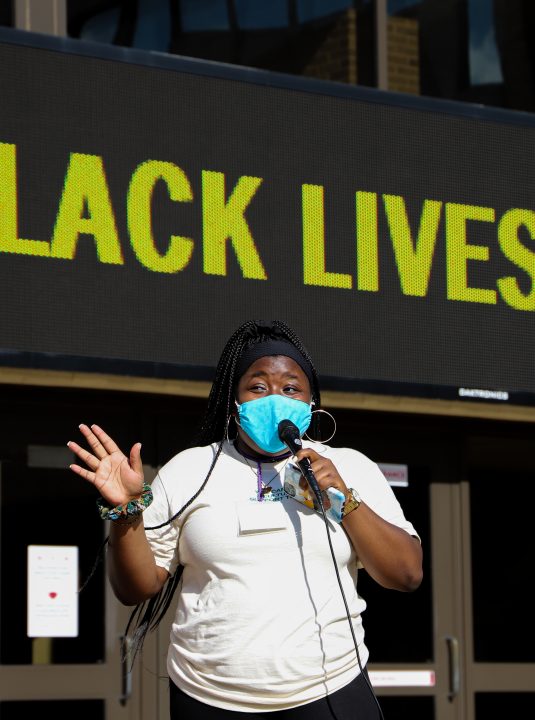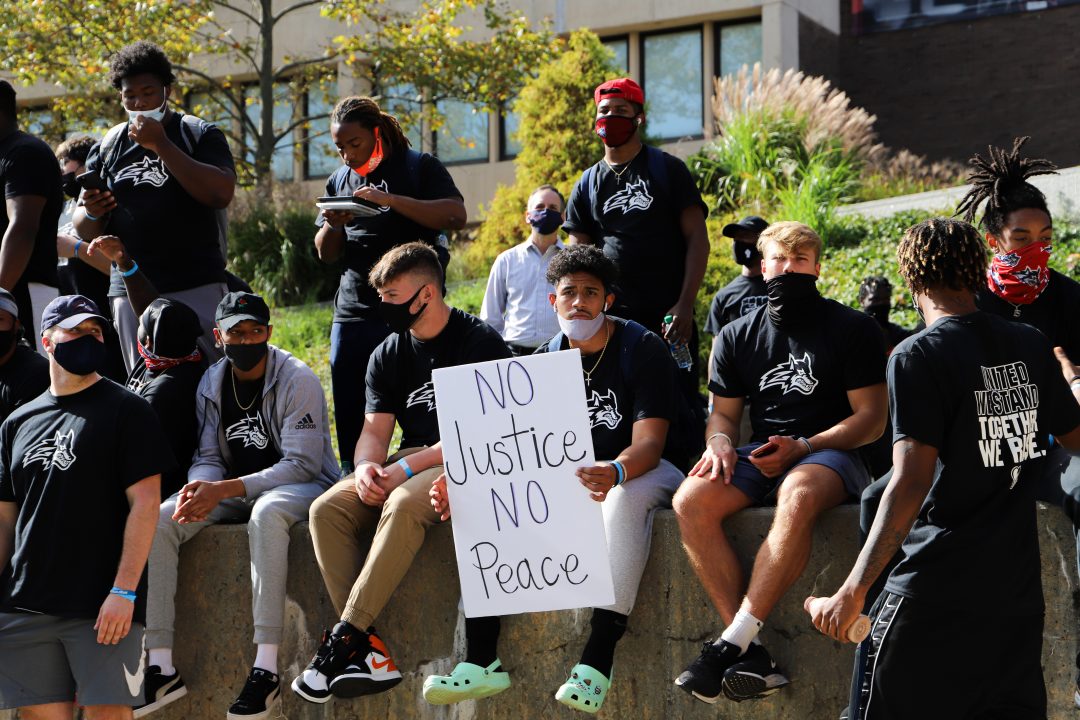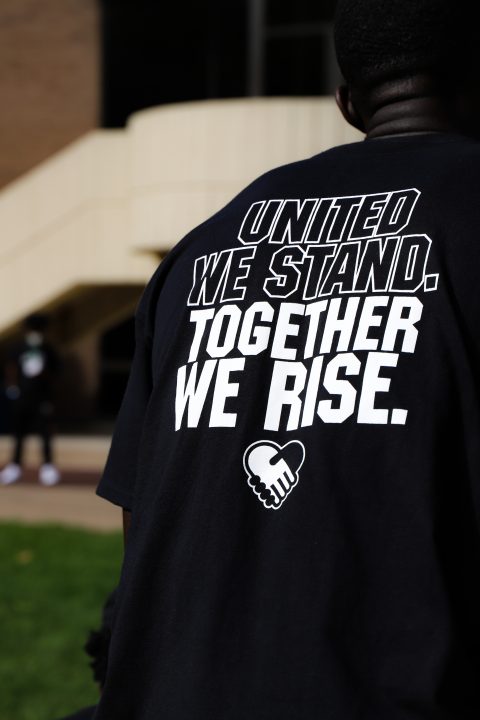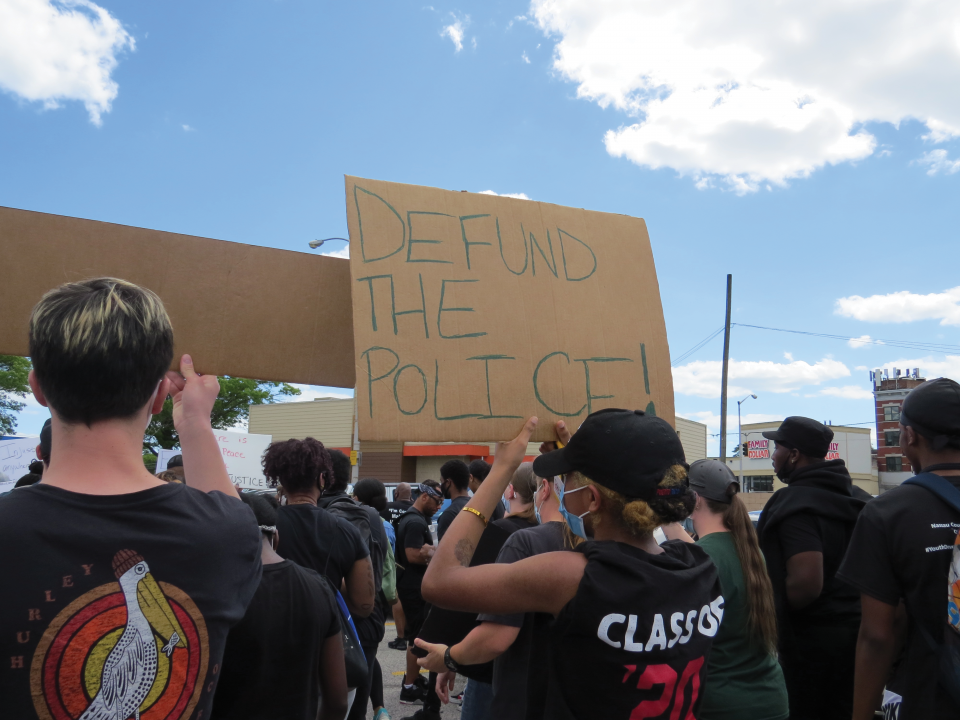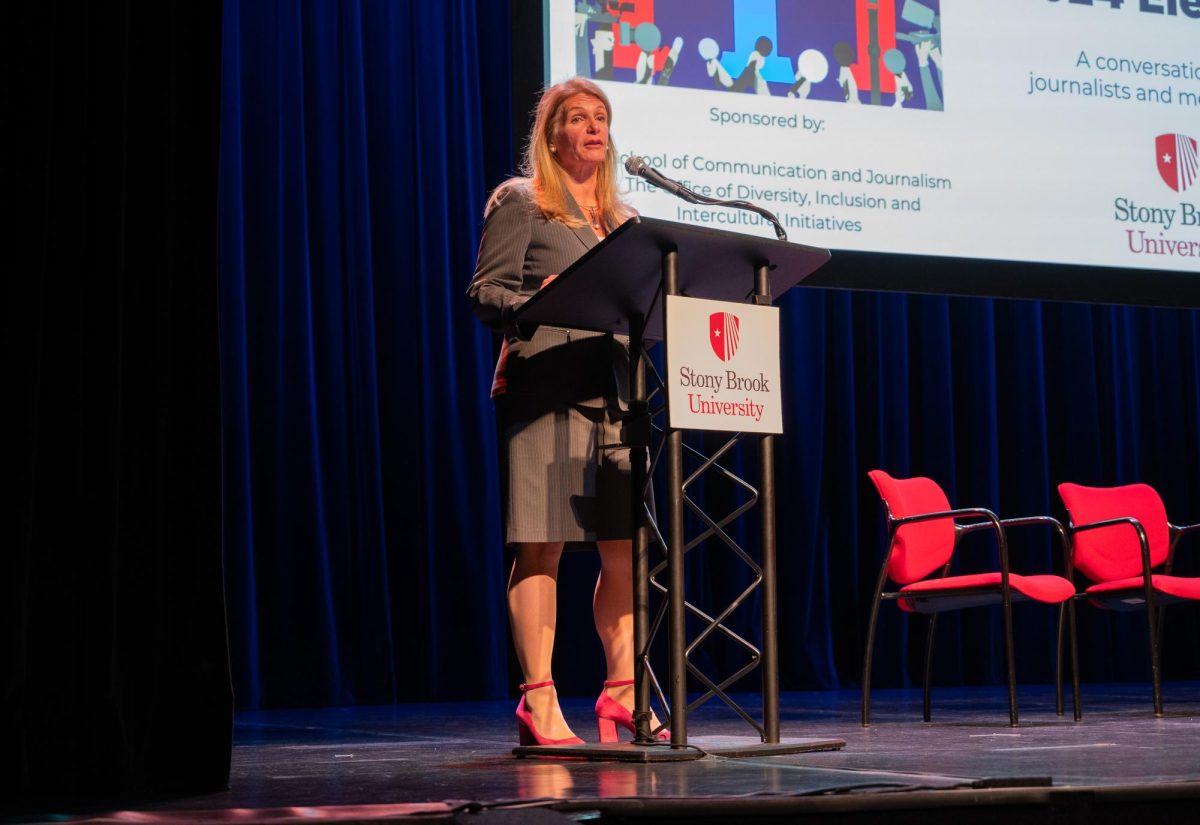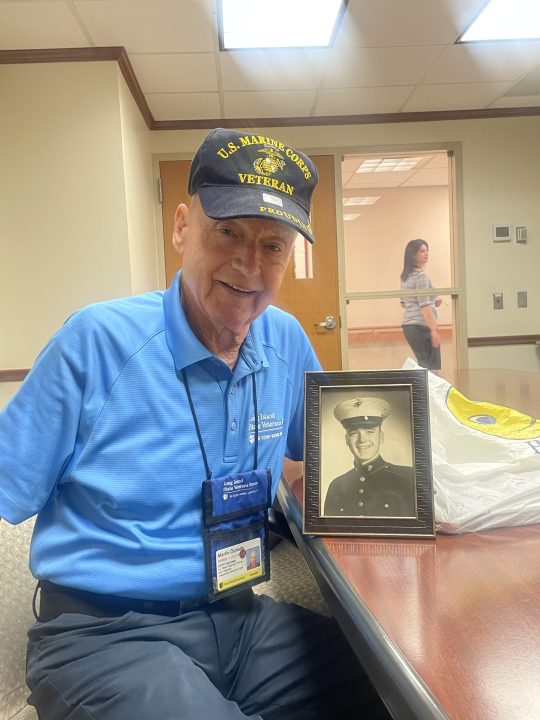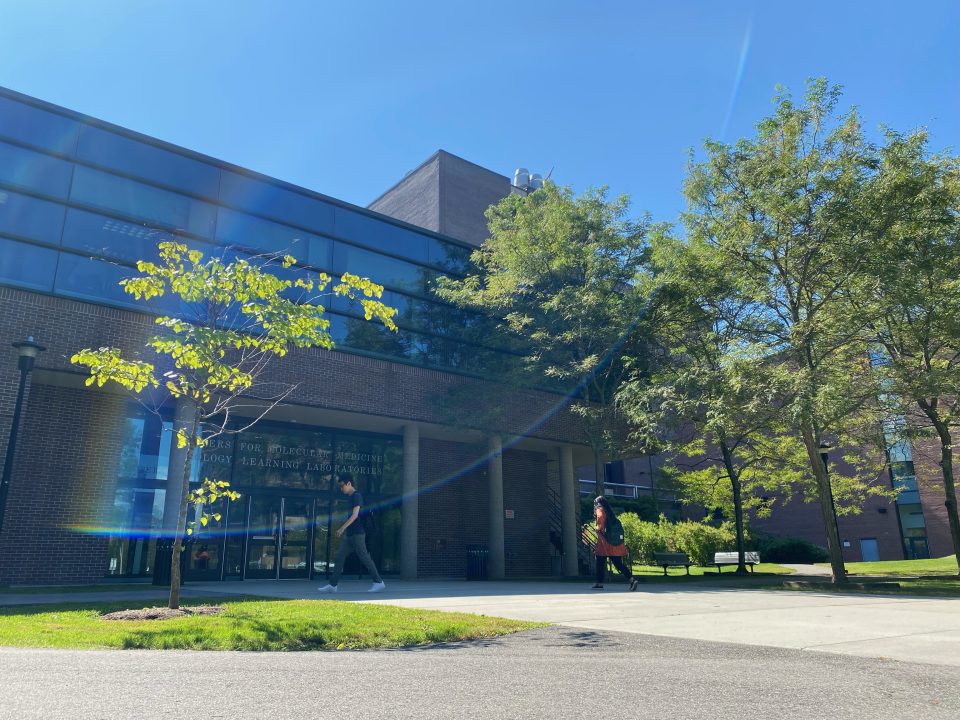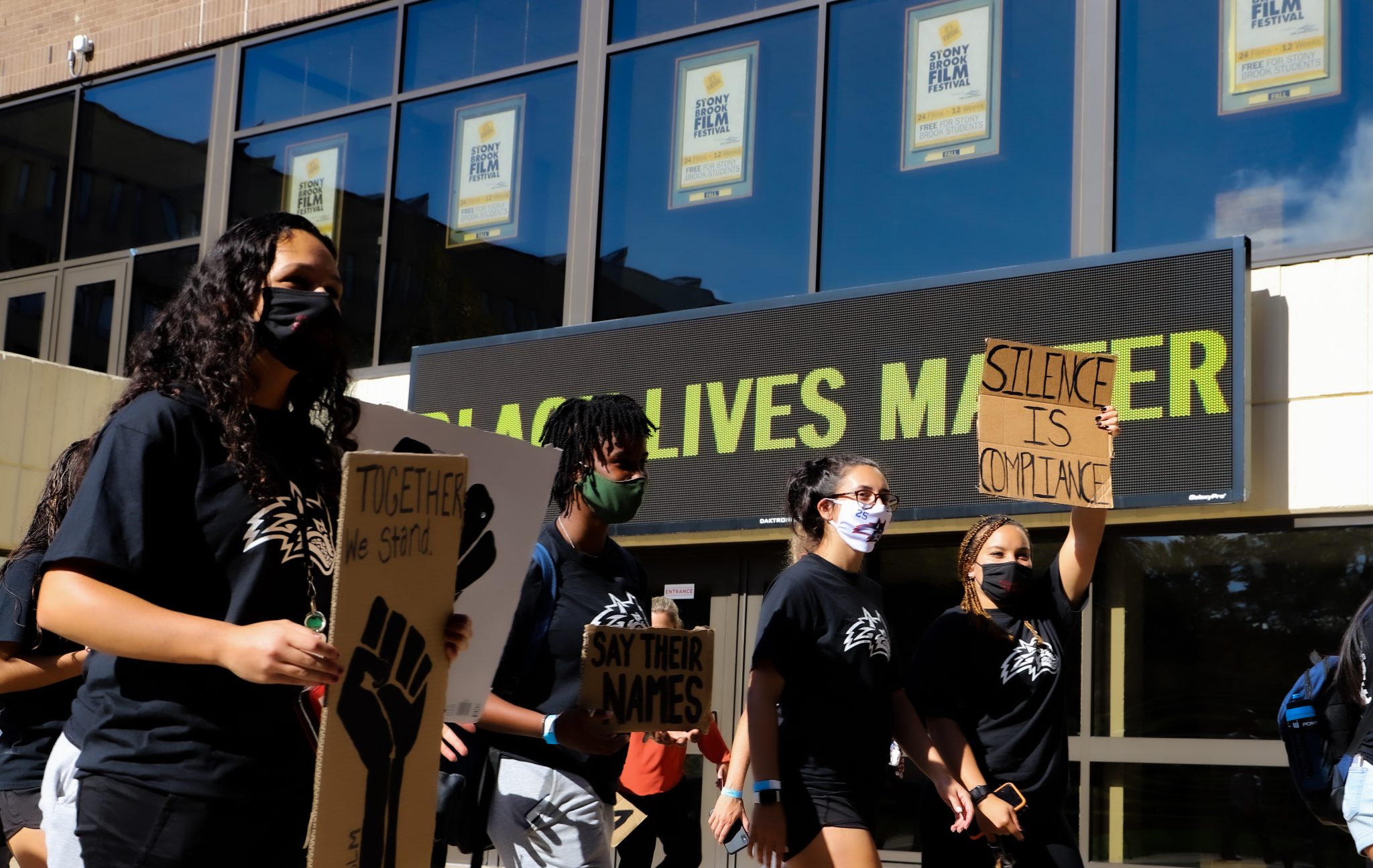
The year 2020 was a milestone year for national racial unrest and protests. During the resurgence of the Black Lives Matter movement, one student at Stony Brook University made it their mission to show the racial unrest within the campus community.
Last summer, a new Instagram account, @blackatstony, was created as a safe space for Black students, alumni and community members to share their stories of facing racism and discrimination both on and off-campus.
The owner of the account, who wishes to remain anonymous to avoid distracting attention from the stories she’s working to share, is a female Black junior journalism major. After a few days of running the page, she asked one of her peers, another Black junior journalism major, to help run the account.
“The account was created to bring light into the racial discrimination that occurs on campus and show how often they happen,” the creator said. “Our goal is to eventually demand the administration to address these instances that occur too often and put in the work to make an actual change on campus.”
Under the Instagram posts, the community member’s name — unless they wish to be anonymous — race and association are posted along with their story. Submissions began with about two everyday in June 2020, then grew to ten. Submissions slowed down with the start of the fall semester.
Roughly 80% of the submissions are from Black students and the other 20% are from Asian or Latinx students who have described their experiences witnessing racial bias against their Black friends, peers or roommates. Some entries are people’s personal experiences, whereas others consist of their general thoughts or observations.
Social media has played a large role in raising awareness about the Black Lives Matter movement. The movement itself began online when co-founder Alicia Garza shared the hashtag #BlackLivesMatter on Twitter after the murder of Trayvon Martin in 2012. Eyewitness accounts of police brutality and racism have surfaced on social media throughout the past years and have helped inform and gather support for the movement.
Since social media provides a large opportunity for engagement, stories are more likely to be circulated and eventually help lead to action, including protests and awareness.
Following the release of the account last summer, it gained 1,000 followers in less than 48 hours, according to the creator. The account currently has about 1,658 followers. The creator said she was initially surprised at the amount of support and traction the page received.
Oreoluwa Adewale, president of the Stony Brook National Association for the Advancement of Colored People (NAACP) chapter and a senior political science and Africana studies major, didn’t find the stories on the Instagram account surprising.
“There are so many other things that this school could be doing,” she said. “It’s just like it’s really frustrating and definitely disheartening to see all that happening.”
The page also started to receive attention from university administration, according to the creator.
“We see how much of an impact these pages can have in terms of pushing the administration to make a response,” the creator said. “When we portray the university in a negative light publicly, that’s when they start to pay attention.”
In terms of the way the university had addressed Black Lives Matter during the summer, the creator felt that Stony Brook made it seem as if they stood in solidarity. However, she doesn’t believe that the university has taken enough action to address the concerns of students of color.
Around September, the page posted that although the account owners were absent from constant posts on Instagram, they were still working behind the scenes to create equitable changes for students of color both on and off campus.
The creator and her co-account owner began meeting with Judith Brown Clarke, vice president for equity & inclusion and chief diversity officer, to discuss their concerns and possible improvements.
“After having several conversations with Dr. Clarke, we can truly say we have big hopes,” the creator said. “Her understanding of diversity and inclusion isn’t performative and she’s willing to do the work it will take to advance the lived experiences of students at Stony Brook for the better.”
Clarke said that reading the stories affirmed that the university has an opportunity to grow.
“Please know, Stony Brook is owning the fact that ‘we can be better’ and is working hard to achieve it,” Clarke said. “We took those stories [on instagram] very seriously and have incorporated the required implicit bias interventions into our diversity, equity and inclusion workshops and trainings.”
Clarke appreciates the account and said that both the questions and discussions from the account were reflective of the Black Lives Matter movement.
“I am a strong advocate for safe places for vulnerable voices,” she said. “I embrace criticism as an important opportunity for growth and efficiency, so reading the various stories gave me specific examples of what, and where it, needed to be immediately addressed.”
The owners of the page are currently working on finding new ways to uplift Black students at Stony Brook University, in order to be a resource.
“The Instagram account provided a safe, virtual community that brought people together with synergy around racism, implicit bias, policing and social justice issues,” Clarke said.

